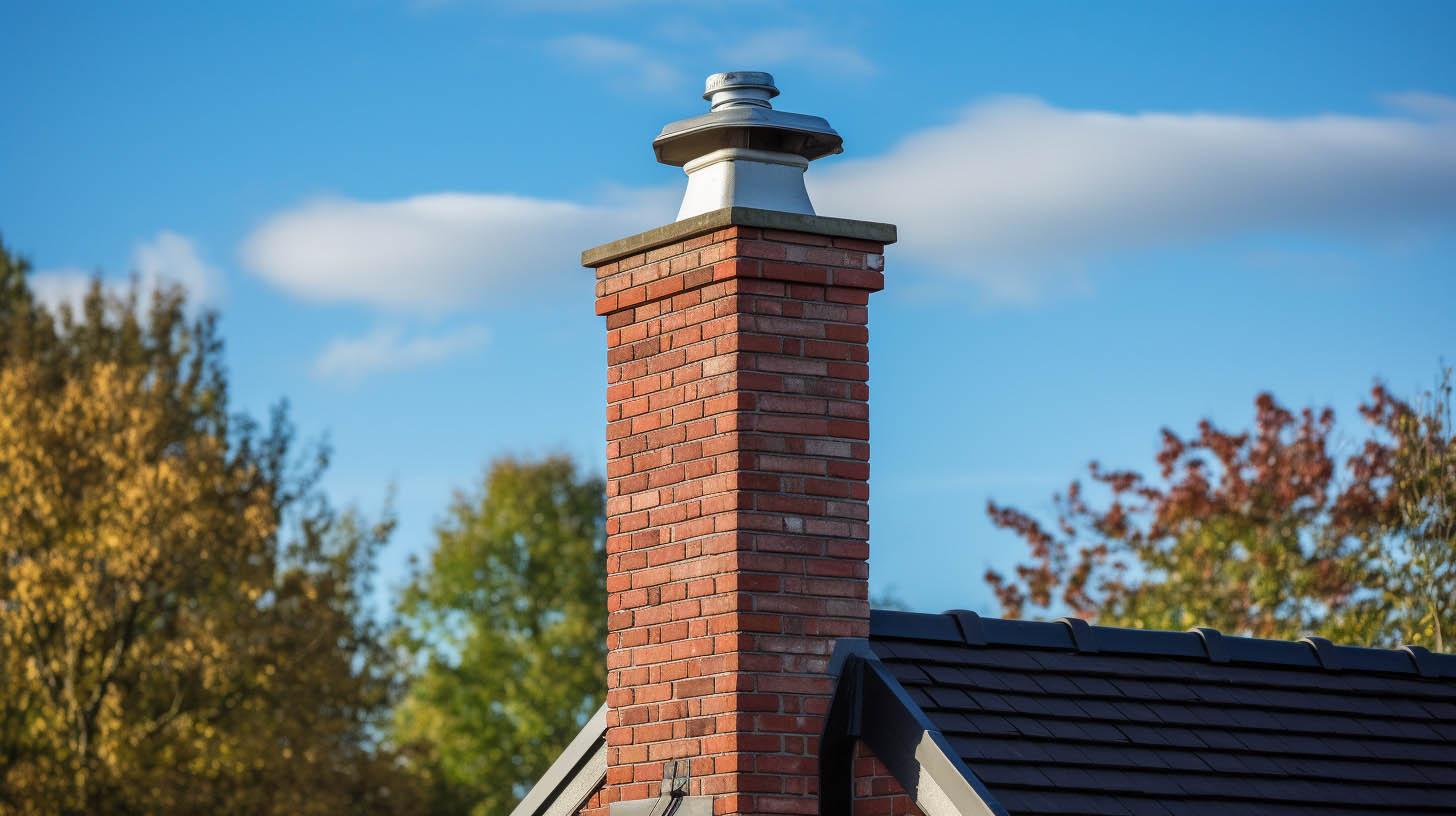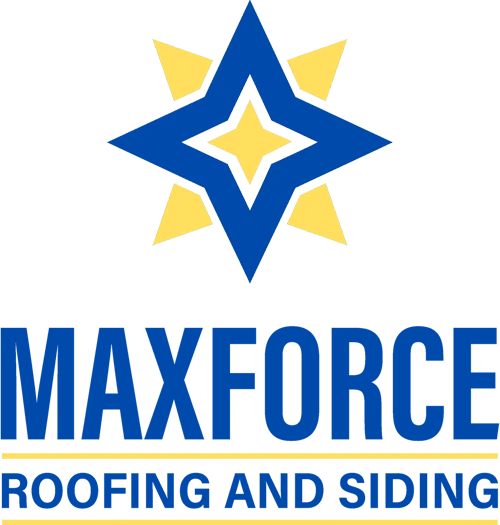
Understanding the Essential Components of Your Chimney
Chimneys are integral to the architecture and functionality of many homes, especially those with traditional fireplaces. While the basic concept of a chimney is widely understood, the specific components that make up a chimney are often less known. This article aims to demystify these parts, providing homeowners with a clear understanding of their chimney’s anatomy and its crucial role in home safety and efficiency.
The Structure of a Chimney: Bricks and Mortar
The most visible part of the chimney is its exterior structure, typically constructed from bricks. These bricks are not just for aesthetic appeal; they play a vital role in directing smoke away from the home and providing necessary insulation. A thick layer of mortar between each brick ensures stability and durability, safeguarding the chimney against environmental elements.
Chimney Cap: Protection from Above
Sitting atop the chimney is the chimney cap, a vital component often made of metal. Its primary function is to prevent rain, snow, and external debris from entering the chimney. The cap is usually designed with a wire cage, allowing smoke to escape while keeping unwanted elements out.
Chimney Chase Crown and Chimney Crown
For factory-built chimneys, the chimney chase crown, often made from metals like copper, steel, or aluminum, provides a protective cover. In contrast, masonry chimneys feature a chimney crown, typically constructed from concrete. This crown covers most of the chimney opening, leaving only a small vent hole, which is further protected by the cap.
Ensuring a Waterproof Seal: Chimney Flashing
Chimney flashing is a crucial component for preventing water penetration. Made from thin metal strips, often with an adhesive backing, flashing seals the gap where the chimney meets the roof, safeguarding against moisture damage.
The Chimney Flue: Pathway for Smoke and Ash
Inside the chimney lies the flue, the channel through which smoke and ash travel out of the house. Flues are usually lined with stainless steel or aluminum, especially in the case of natural gas fireplaces, to ensure safe and efficient smoke and ash expulsion.
Chimney Liner: A Shield Against Build-Up
Integral to the chimney flue, the liner protects the chimney from the accumulation of ash and debris, which could lead to chimney fires. This liner is an essential safety feature, particularly for wood-burning fireplaces.
Fireplace Components: The Hearth of the Home
Within the home, the fireplace is the visible part of the chimney system. This open chamber, often with a solid or brick floor, may include mesh or glass doors for added protection. The fireplace insert is where logs are placed for burning, creating the quintessential fireplace experience.
Smoke Chamber: Directing the Flow
Above the fireplace is the smoke chamber, with sloped walls designed to efficiently direct smoke into the flue. This chamber also features a flat shelf where moisture and soot can accumulate, necessitating regular cleaning and maintenance.
Chimney Damper: Controlling Access
The chimney damper, located between the fireplace and the chimney flue, is a small door operated by a spring or hinge. Its function is to close off the chimney when the fireplace is not in use, preventing drafts and animal intrusion.
In Columbus, OH, MaxForce Roofing and Siding LLC offers expert services in maintaining and repairing these chimney components, ensuring they function safely and efficiently. Regular maintenance and understanding of these parts are crucial for any homeowner with a chimney, as they play a significant role in the safety, efficiency, and longevity of the chimney system.

